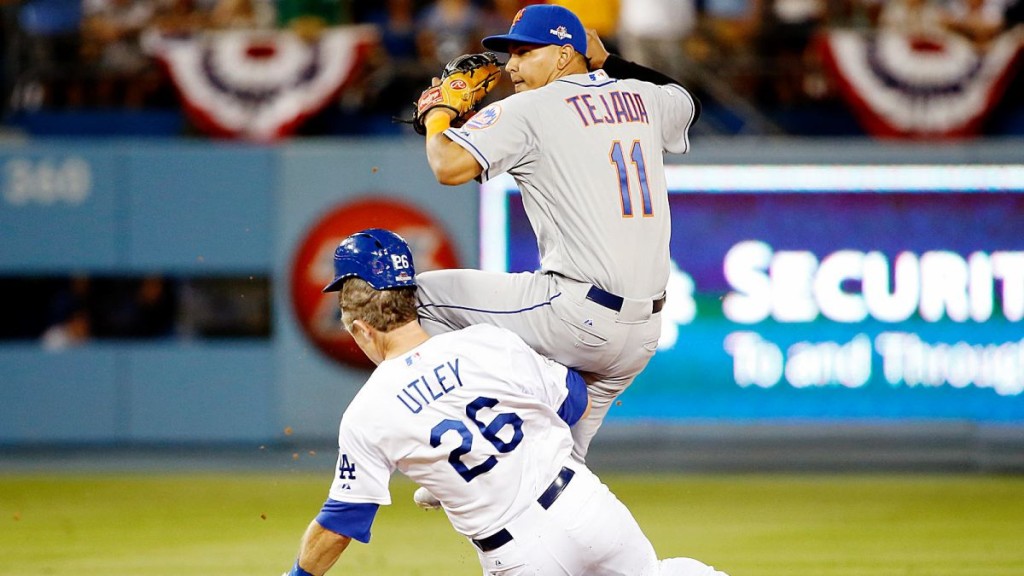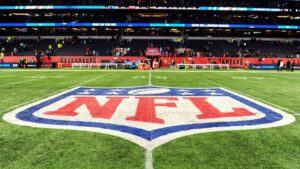Updated “The Slide Rule

New rules redefining what constitutes a legal slide while trying to break up a double play and two additions to the pace-of-game initiatives have been agreed to by Major League Baseball and the Major League Baseball Players Association.
The slide rule is intended to protect infielders while still allowing for aggressive base running. The latter continues efforts, which began last season, to improve the tempo of games.
Here’s the skinny on what you need to know:
THE SLIDE RULE
The basics: In the past, runners were given wide latitude coming into second base as long as they were close enough to touch the bag.
Under the new Rule 6.01(j), a runner will have to make a “bona fide slide,” which is defined as making contact with the ground before reaching the base, being able to and attempting to reach the base with a hand or foot, being able to and attempting to remain on the base at the completion of the slide (except at home plate) and not changing his path for the purpose of initiating contact with a fielder.
This issue rose to the forefront during the 2015 postseason when Chase Utley broke up a potential double play in Game 2 of the National League Division Series with a controversial slide that ended up injuring Mets shortstop Ruben Tejada.
A runner may still make contact in the course of a permissible slide, but is specifically prohibited from using a “roll block” — think Hal McRae in the 1977 American League Championship Series — or intentionally initiating (or attempting to initiate) contact with the fielder by elevating and kicking his leg above the fielder’s knee, throwing arm or upper body.







